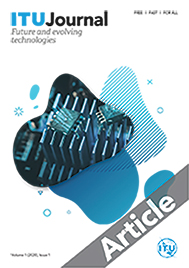 | The principle of backscattering has the potential to enable a full realization of the Internet of Things. This paradigm subsumes massively deployed things that have the capability to communicate directly with each other. Based on the types of excitation and receivers, we discriminate four types of backscattering systems: (i) Dedicated Exciter Active Receiver systems, (ii) Ambient Exciter Active Receiver systems, (iii) Dedicated Exciter Passive Receiver systems, and (iv) Ambient Exciter Passive Receiver systems. In this paper, we present an overview of bacskscattering systems with passive receivers which form the foundation for Backscattering Tag-to-Tag Networks (BTTNs). This is a technology that allows tiny batteryless RF tags attached to various objects to communicate directly with each other and to perform RF-based sensing of the communication link. We present an overview of recent innovations in hardware architectures for backscatter modulation, passive demodulation, and energy harvesting that overcome design challenges for passive tag-to-tag communication. We further describe the challenges in scaling up the architecture from a single link to a distributed network. We provide some examples of application scenarios enabled by BTTNs involving object-to-object communication and inter-object or human-object dynamic interactions. Finally, we discuss key challenges in present-day BTTN technology and future research directions. |
|